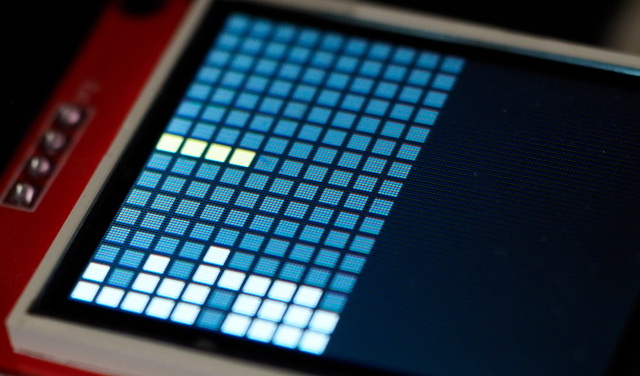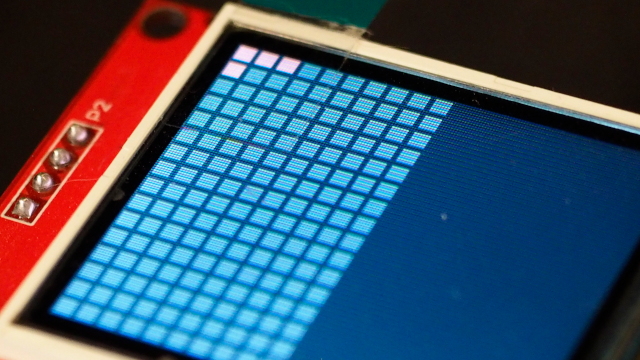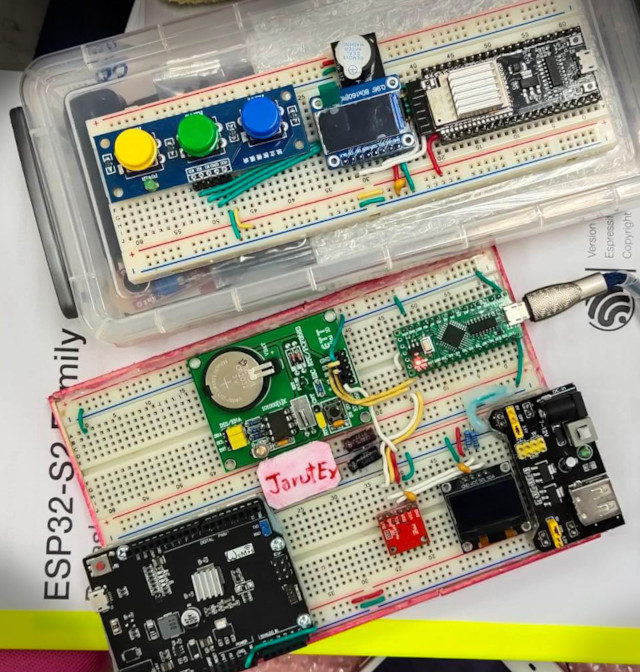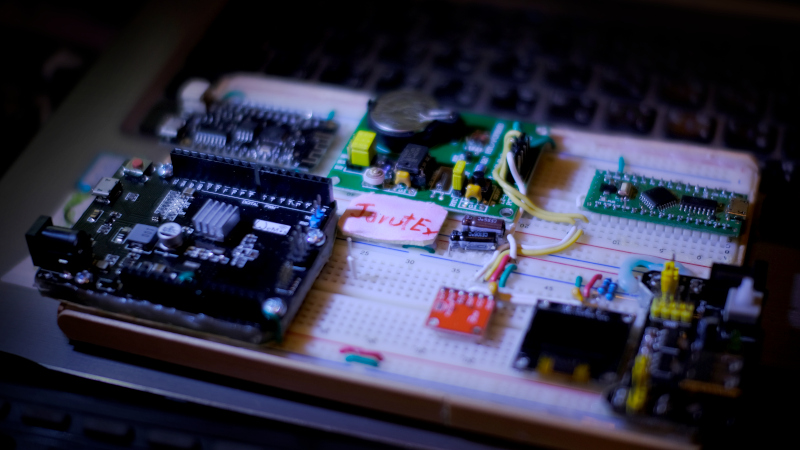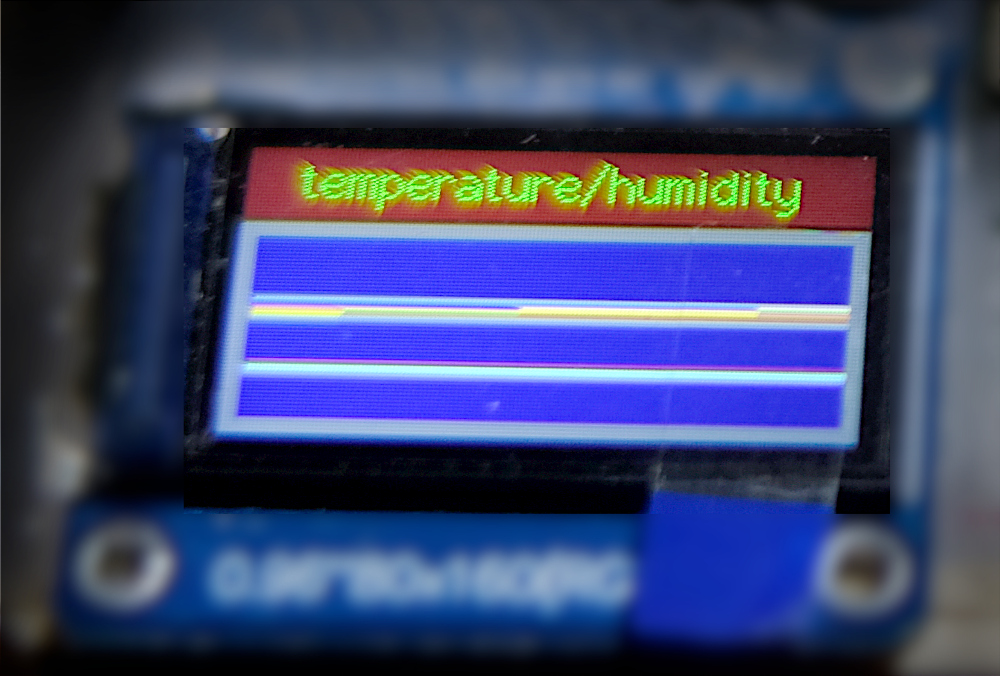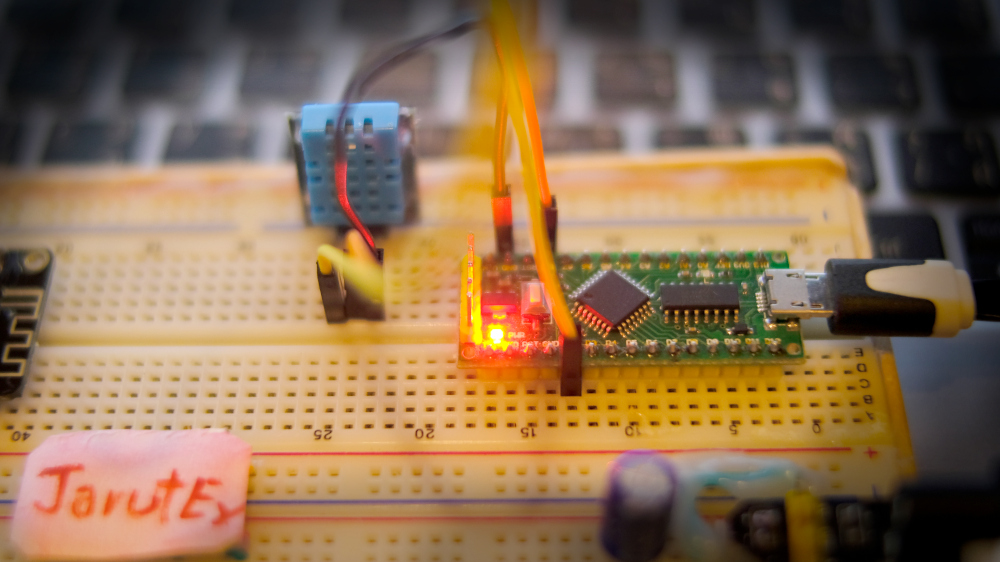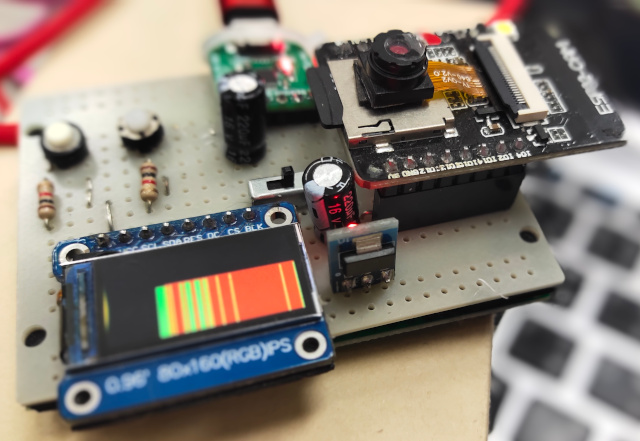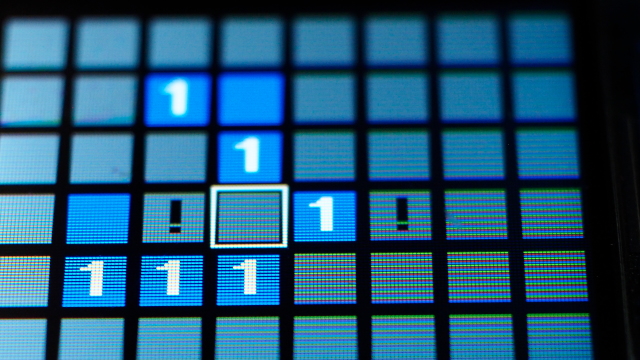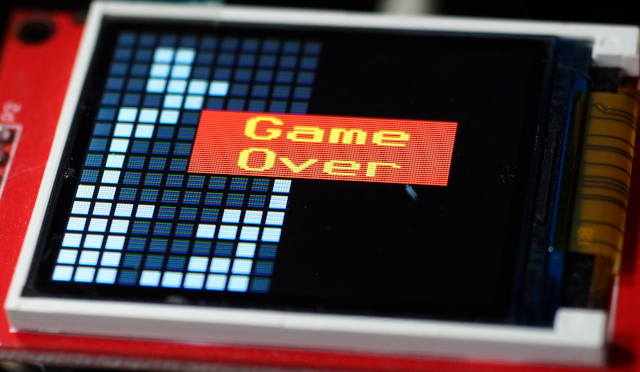From the previous chapter, we have drawn the background, random objects, object drawing, left and right moving and rotating. In Part 2 of the article, which is the preceding final chapter of the Tetris series, the topic is about creating a backdrop as a grid data structure. If an object falls to the bottom, it converts that object to a table of data as shown in Figure 1, and improves the way the object falls and controls/renders the new object by using a timer without checking for collisions from moving left / right, checking if the falling object overlaps the previous object, rotation and row cutting, which will be discussed in the last article or Simple Tetris Ep.3
